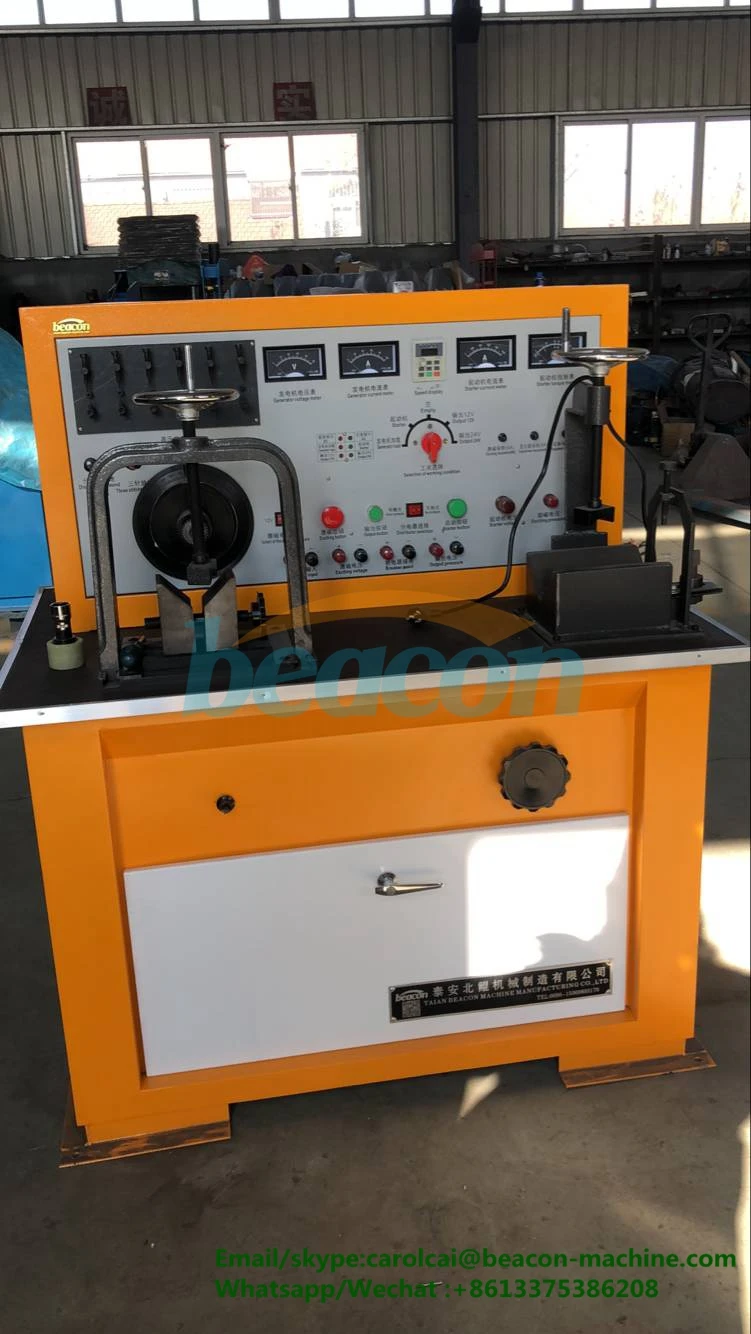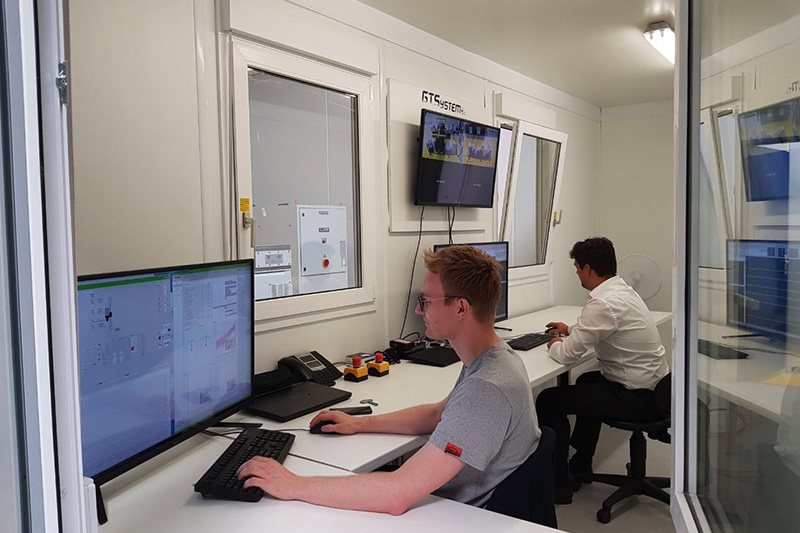


A second robot outside the vehicle plugs and unplugs the various charging cables into and out of the charging socket. Linear motors on the pedals press the accelerator and brake pedals, while a steering motor turns the steering wheel. A robot inside the vehicle turns the ignition key, moves the gearshift, and operates various buttons, such as those for interior climate control. The output motors flanged to the vehicle wheels provide resistance to the propulsion of the wheels, which is intended to simulate driving on a road. The process involves continuously recording the data from the test bench and the vehicle so that it can be analyzed and transferred into the final test result.” Structure of the test bench With the test bench at HS Kempten, this test can run completely independently over several hours or even days.

the HVAC system is switched on or off and the battery charge level is varied. The state of the vehicle changes as a result, i.e. This involves specifying a test cycle that repeatedly starts, stops and accelerates the vehicle. Another advantage is that vehicles can be tested in their original roadworthy condition rather than having to be modified, as is the case for most conventional test benches.įlorian Zerbes, a research assistant at the Allgäu Research Center at HS Kempten, illustrates the scope and process of a test like this: “In the case of an electric vehicle, the aim is to test whether the HVAC systems, which both draw their necessary power from the high-voltage battery, have an influence on the vehicle’s most important functions, such as switching on, switching off and driving. The aims of the test bench are to test both new vehicles and new functions as quickly as possible, and also examine how individual functions influence each other. The lab was originally founded in 2016 for the purpose of testing components, although its range of activities has since expanded to include complex complete system test benches and even teaching in addition to research. It was developed in the Laboratory for Control Engineering and Vehicle Systems at HS Kempten, which examines applied research and development topics from the automotive and automation sectors. The test bench at Kempten University of Applied Sciences (HS Kempten) is primarily used for testing vehicle functions. PC-based control technology from Beckhoff serves as the central feature of the standard industrial components used. Kempten University of Applied Sciences has implemented a test bench just like this for ABT e-Line GmbH, allowing it to perform tasks such as testing Volkswagen (VW) vans that have been converted to an electric drive. For small-series producers and manufacturers with a wide range of vehicle variants alike, being able to count on comprehensive test bench technology that is fast, flexible and cost-effective is hugely important.


 0 kommentar(er)
0 kommentar(er)
